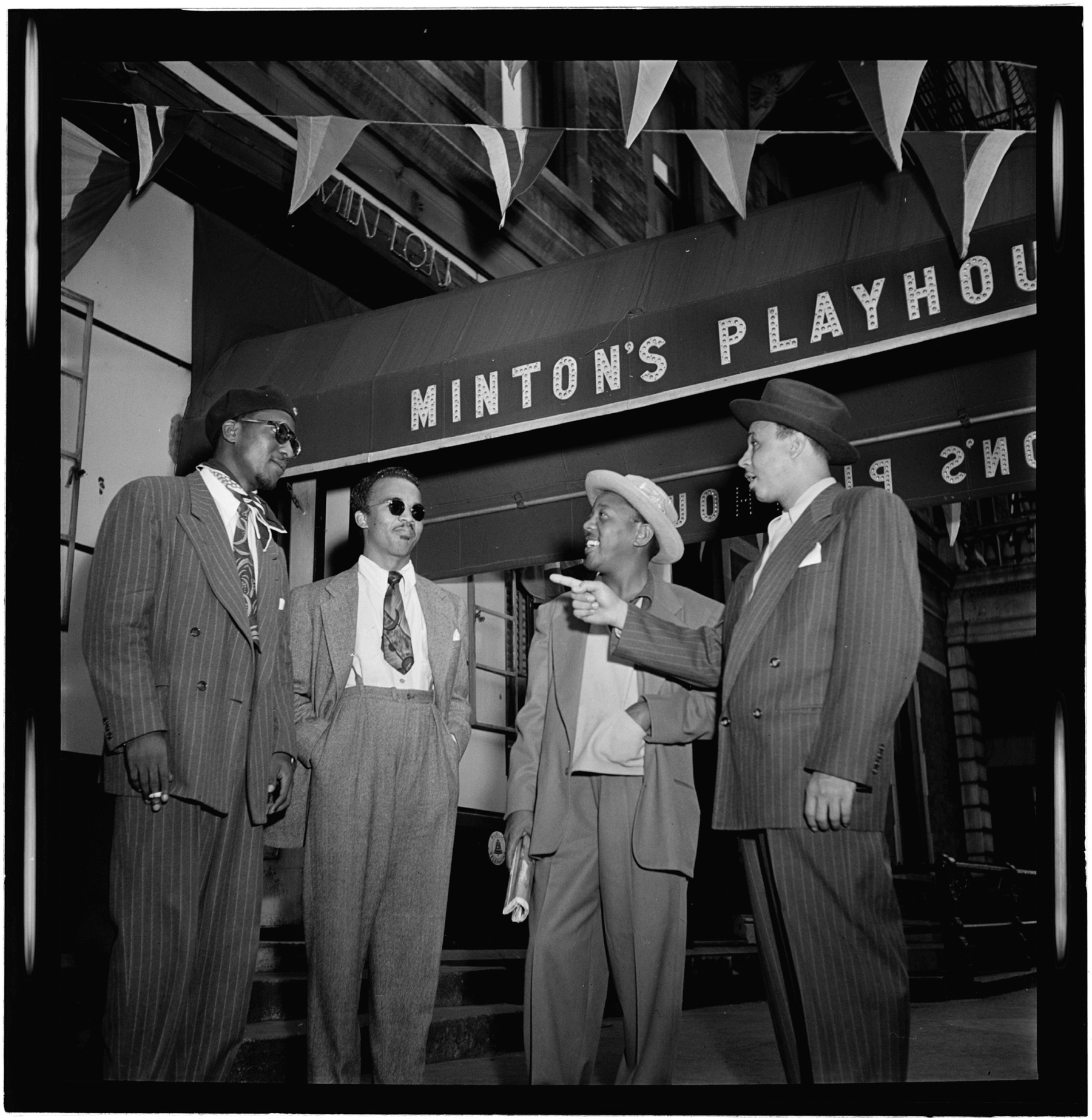

Richard “Dick” Parsons always loved jazz. He was especially smitten with the supper clubs of the 1950s and ’60s, when good music and a good plate of food were both just an arm’s length away. He says, “I took my senior prom date to a place called the Hickory House, and we heard Billy Taylor. And I still remember it. It was my first adventure in being a grownup, to listen to some good jazz.” By the 2000s, jazz hadn’t left Harlem, but the supper clubs were in decline. There were some jazz venues, but “most of them you wouldn’t go to eat. And the elegance has kind of left the building.”
St. Nick’s Pub, which opened in the 1960s, closed in 2011. The popular Lenox Lounge, which was once home to such luminaries as Billie Holiday, Miles Davis, and John Coltrane, shut down in 2012. When we decided to reopen Minton’s Playhouse, it was a tremendous opportunity to bring together the most important elements of the African-American experience: the jazz, the food, our social sensibilities, our creativity, our liveliness, all on this fantastic corner on 118th Street and St. Nick’s.
The Cecil Hotel was a hot spot of Harlem in the Roaring Twenties. But what made it transform from infamous to legendary was Minton’s Playhouse, the jazz and supper club that opened on the first floor of the hotel in 1938. Henry Minton was a tenor saxophonist who knew that in the early days of jazz, musicians needed a place where they could play the music they liked, push the limits of the genre, and get a good plate of food at the end of the night. He opened Minton’s with the specific intent to feed the jazz musician: literally and figuratively.
The circumstances of Henry Minton’s life made him a good godfather to jazz. He was the first African-American musician to be invited to serve as a delegate to New York’s powerful musician’s union, the American Federation of Musicians, Local 802. He had also served as manager for the Rhythm Club, frequented by musicians like Louis Armstrong and Fats Waller. It was that mix of business acumen and union credibility that helped Minton’s Playhouse thrive in the golden era of jazz. The musicians’ union was fond of handing out exorbitant fines to musicians who dared to play outside of their purview. Dizzy Gillespie remembered that the punishment for playing in a jam session could be a fine of anywhere between a hundred to five hundred dollars: a huge amount of money for the time. Yet jam sessions were at the very heart of the evolution of jazz; improvisation and the spontaneous gathering of a diverse mix of talented instrumentalists were essential to the development of what would become the jazz canon. At Minton’s, because of Henry’s union associations, musicians could jam without fear of union repercussions.
This freedom to create attracted the best and the brightest. The house band at Minton’s was led by Thelonius Monk and Kenny Clarke. The two men set the bar so high that the New York Times noted, “Their bucking-bronco tactics threw some of the musicians right off the stage. The ones who stayed included Dizzy Gillespie, Coleman Hawkins, Don Byas, a Juilliard student named Miles Davis, and Charlie Parker, who had a notable ability to put away fried chicken.”
Teddy Hill, the manager at Minton’s, was a former bandleader with deep connections to two Harlem institutions, the Savoy Ballroom and the Apollo Theater. Hill began to invite performers over to Minton’s on Mondays, their usual night off. Dizzy Gillespie recalled, “On Monday nights, we used to have a ball. Everybody from the Apollo, on Monday nights, was a guest at Minton’s, the whole band. We had a big jam session. Monday night was the big night, the musician’s night off. There was always some food there for you. Oh, that part was beautiful. Teddy Hill treated the guys well.”